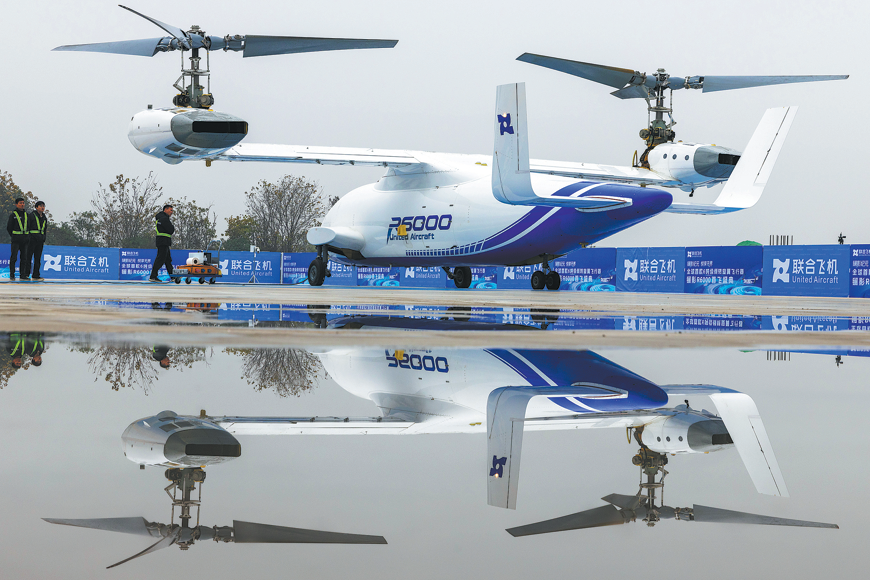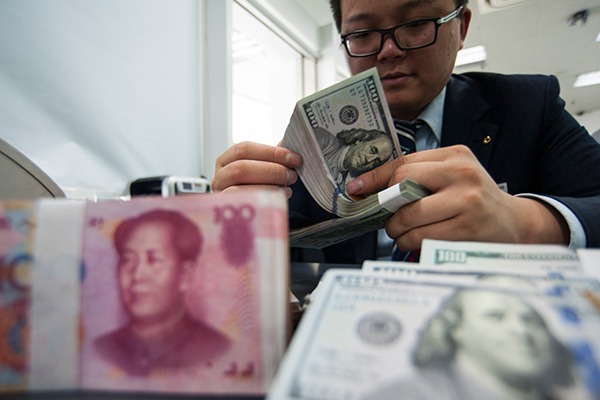Life-changing transformation
China's success in reducing the number of people living in poverty in the country has profound implications for the world


In the 21st century, principles of sustainable growth are being deliberated within the broader framework of a global debate on development economics and equitability. The growth cycles among developed, developing, and low-incomes countries and societies are inconsistent as a global index of growth and standards of development measures vary. But while growth patterns differ globally, poverty has emerged as a common and central issue.
According to the United Nations Development Programme Multidimensional Poverty Index 2019, across 101 countries, 1.3 billion people-23.1 percent of the global population-are multi-dimensionally poor. Poverty inflicts cascading effects on education, health and income disparity. With the world now facing the public threat of the novel coronavirus, impoverished communities across continents are at greater risk from hunger and disease.
China's economic transformation was one of the most notable achievements of the 20th century. China's success in materializing the well-being of its people through economic policy breakthroughs is of historic significance. China's reforms and modernization that have lifted millions of people out of poverty have set an example for other developing countries.
As China has realized its remarkable transformation, it has shared the benefits of its development. Asian countries in particular have been the beneficiaries of China's rise, to the extent that the 21st century is being viewed as the Asian Century. Along with its reforms to allow market forces to become chief performers and architects of modern China, the entrepreneurial spirit of the Chinese people has also played an important role. A balance was kept between ideology and governance that enabled the reforms to produce unprecedented returns.
Since the launch of the reform and opening-up in 1978, about 800 million Chinese have been lifted out of poverty. That surpasses the total population of Latin America or even that of Europe. While poverty alleviation has constantly been the chief target of government policies, it has also been the stepping stone to augment deeper reforms while keeping the people at the center. Chinese leaders were conscious of endangered public health, which was another dimension of prevailing poverty. China was one of the economies of the 20th century that inherited a demographic dividend from the past, and strengthening the public health system was seen as adding value. Over the past 70 years, China initiated efforts to guarantee better public health and turn it into an engine of economic growth and national strength. Reducing poverty enabled China to build up its capacities to deal with other challenges affecting growth trajectories not only in the cities but also in the agrarian countryside.
Since the opening-up of the economy and the relaxing of other controls over production and capital accumulation, the number of people living in poverty has steadily declined, and China's poverty reduction has made a significant contribution to reducing the size of the global poor population. From 1990 to 2010, China lifted 526 million people out of poverty, about 75.7 percent of the world's total. China's success in controlling poverty was in line with the United Nations' Millennium Development Goals, and the country is now aggressively pursuing the goals of the 2030 Agenda for Sustainable Development. This was one of the milestones the Chinese reforms have achieved, and it comes with more comprehensive social benefits.
Besides implementing these programs at home, China has also helped other developing and emerging countries with their poverty alleviation programs and shared its successful experiences. For example, the China International Poverty Alleviation Center conducts workshops and training for officials from developing countries in Asia, Africa, and Oceania, so they can know more about how China's poverty alleviation programs work and use China's experiences as references.
Looking at the social and political struggle China underwent in the last century, China's rise to become the second-largest economy of the world seems barely believable. It's like a journey in a dream. But the country's success in alleviating poverty is real and astounding. These experiences were not derived from any book and theories of economics. All its series of gradual and continuing transitions were the result of policies and experiments carried out by the State in the wake of structural adjustments. These policies and experiments are a demonstration of the Chinese government's commitment to people-oriented development and the well-being of Chinese society, and they reflect the progressive character of the Communist Party of China and socialism with Chinese characteristics.
The author is a senior research fellow at HSBC Business School at Peking University and a visiting scholar at Fudan Development Institute. The author contributed this article to China Watch, a think tank powered by China Daily. The views do not necessarily reflect those of China Daily.

































